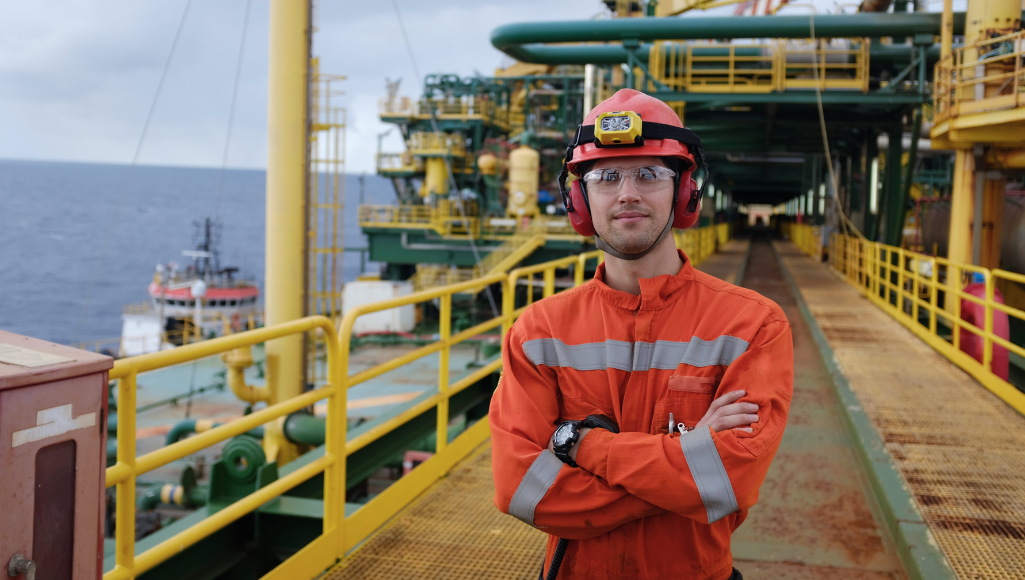
When Strength is a Weakness: Toxic Resilience in the Maritime Industry
For centuries, resilience has been a badge of honour in the maritime world.
Seafarers have long endured unpredictable conditions, extended leave from home and loved ones, and some of the world’s most physically and mentally demanding labour. They have also proved their mettle by keeping global trade moving under the most challenging conditions. Hundreds of thousands of crew members embody resilience as part of their daily lives at sea, often working in difficult and isolating environments, far from family and familiar comforts, yet continuing to ensure the world stays connected.
But while the world celebrates great feats of resilience, there is a tipping point – when the exceptional becomes expected. When enduring hardship without question is the norm, resilience shifts from strength to liability. It becomes toxic.
And toxic resilience has major consequences.
Resilience vs. Toxic Resilience
In a healthy sense, resilience means adapting and bouncing back from stress and adversity. But over the last decade, the word has taken on a life of its own.
During the pandemic, governments, companies and the media began frequently using “resilience” to describe how healthcare workers, supply chains, communities and individuals were coping with the crisis. Since then, it’s become a staple in corporate values and marketing campaigns, often to the point of cliché.
But toxic resilience is when the expectation to “be resilient” becomes excessive or absolute, pushing people to tolerate harmful conditions or push through burnout without seeking help. For seafarers, it’s become an unspoken expectation.
In maritime, toxic resilience manifests as misreported work and rest hours to meet compliance on paper, the silent endurance of unsafe workloads and the suppression of mental health struggles. The message, whether intentional or not, is that resilience is measured by how much a seafarer can take before breaking.
The Hidden Cost of Toxicity
The danger of this kind of thinking is not just personal, but operational.
Mental health issues often remain invisible, but burnout and chronic stress erode job performance, decision-making and safety awareness. This in turn, leads to near-misses, accidents and emergencies.
Fatigued or demoralised crew members compromise not only their own well-being, but the safe and efficient operation of their vessel, leading to higher turnover, lost productivity and reputational damage for operators.
In the maritime industry, the response to mental health issues is often individualistic.
Struggling seafarers are perceived as “less resilient” or “not tough enough,” placing the problem squarely on their shoulders. This framing reinforces stigma, deters early reporting and avoids harder questions, such as whether companies are setting expectations that no human can reasonably meet.
By treating mental health as a personal failure rather than a systemic issue, the maritime industry will continue to reinforce the very conditions that drive attrition, unsafe operations and high operational costs.
It Starts with Leadership
Solving the problem of toxic resilience starts with rethinking the militaristic mindset found on many ships. Everyone agrees that order, safety and productivity are paramount to good operations, but pushing workers to the brink is not the way to sustain that.
Rebalancing expectations starts with leadership.
From the executive level to shipboard management, leaders set the tone for what is acceptable, how performance is measured and whether crew members feel psychologically safe.
Strong leaders inspire their subordinates and proactively address sources of stress – the kind of stress that leads to mental breakdowns, accidents, medical costs, lost productivity and even suicide. Strong leaders align operational demands with reality, without trading away the safety of their crew just to meet unreasonable expectations.
And just as importantly, they normalise the idea that asking for help is not weakness, but a safeguard for both people and business.
It's Time for Strategic Change
Right now, the maritime industry has an opportunity to integrate mental well-being into operational planning. This means embedding proactive support into daily practice through things like peer networks, confidential counselling, rest scheduling and transparent communication.
These aren’t just policy changes. They’re cultural. It’s shifting our perception of seafarers from expendable to essential, and taking a “crew asset management” approach to preserving their capabilities for the long term.
Compliance with the Maritime Labour Convention’s mental health provisions is just a baseline. Real leadership goes further, making well-being a non-negotiable company value. Operators who take this approach not only protect their crews but also strengthen safety, performance and retention – something badly needed in an industry that continues to haemorrhage talent.
The future of maritime depends on retaining skilled, motivated people who are supported to perform – not pushed until they break. By replacing toxic resilience with a culture of realistic expectations and shared responsibility, the industry can safeguard both its people and long-term viability.


